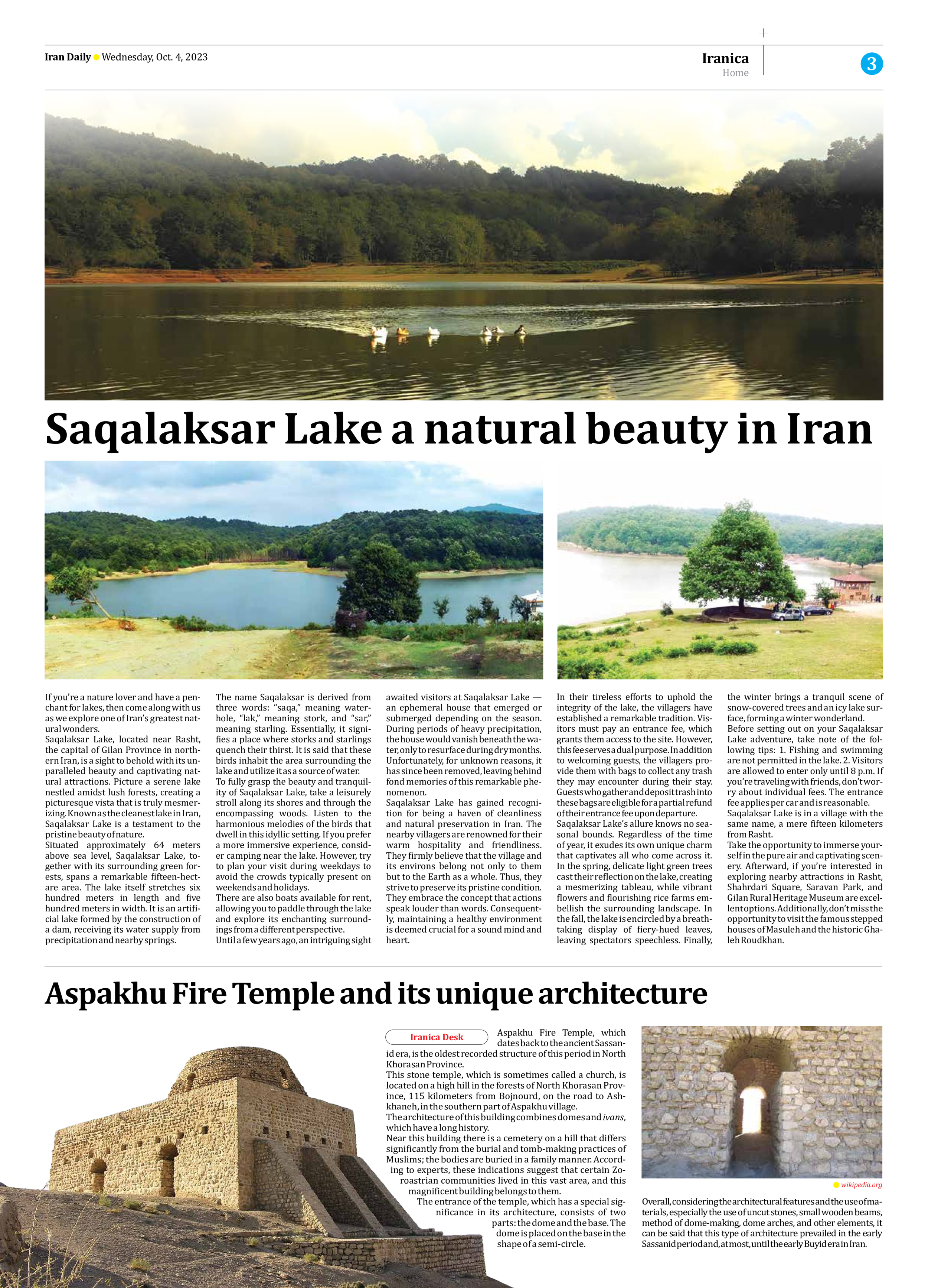
Aspakhu Fire Temple and its unique architecture
Aspakhu Fire Temple, which dates back to the ancient Sassanid era, is the oldest recorded structure of this period in North Khorasan Province.
This stone temple, which is sometimes called a church, is located on a high hill in the forests of North Khorasan Province, 115 kilometers from Bojnourd, on the road to Ashkhaneh, in the southern part of Aspakhu village.
The architecture of this building combines domes and ivans, which have a long history.
Near this building there is a cemetery on a hill that differs significantly from the burial and tomb-making practices of Muslims; the bodies are buried in a family manner. According to experts, these indications suggest that certain Zoroastrian communities lived in this vast area, and this magnificent building belongs to them.
The entrance of the temple, which has a special significance in its architecture, consists of two parts: the dome and the base. The dome is placed on the base in the shape of a semi-circle.
Overall, considering the architectural features and the use of materials, especially the use of uncut stones, small wooden beams, method of dome-making, dome arches, and other elements, it can be said that this type of architecture prevailed in the early Sassanid period and, at most, until the early Buyid era in Iran.







